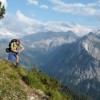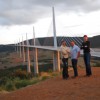Brighton, on the south coast of England, is a renowned seaside resort and delightful city. Often referred to as "London-by-the-Sea" on account of it being conveniently close (only an hour train ride due south) to London, it is also known as the gay capital of Britain due to its accepting diverse culture and large population of gay people. Many creative and artistic types choose to live in Brighton, over the capital, due to its culture and location by the coast.
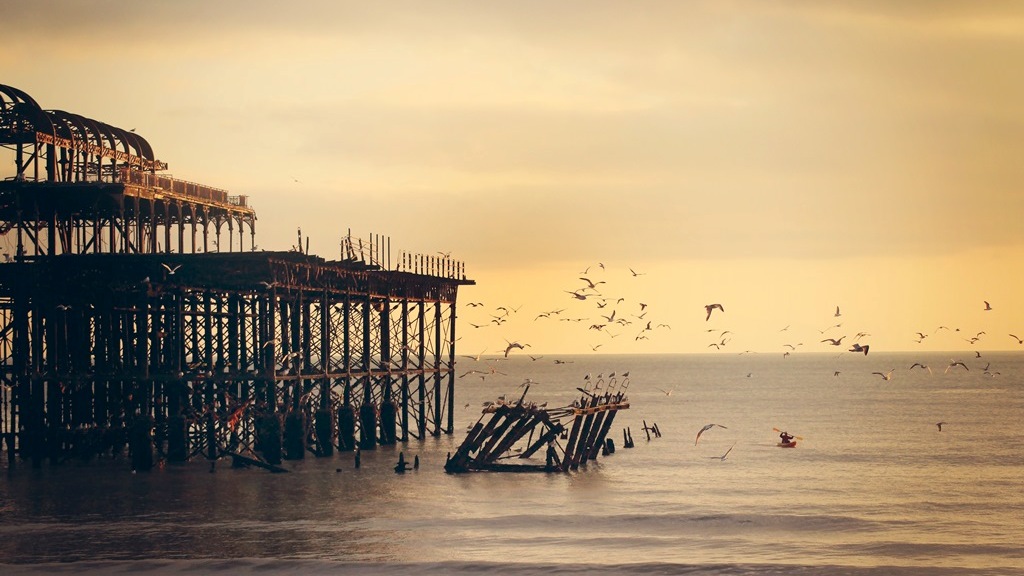
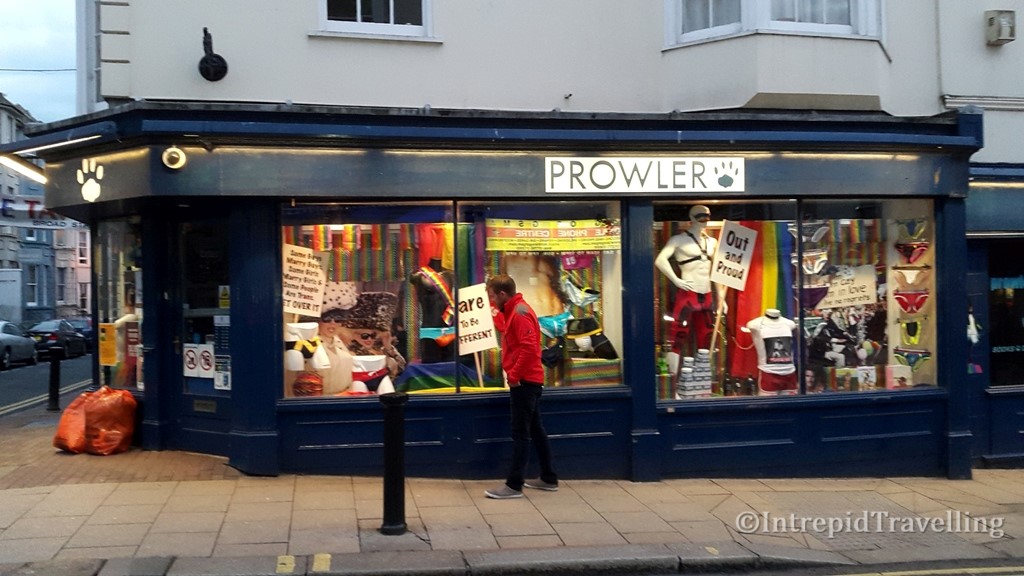
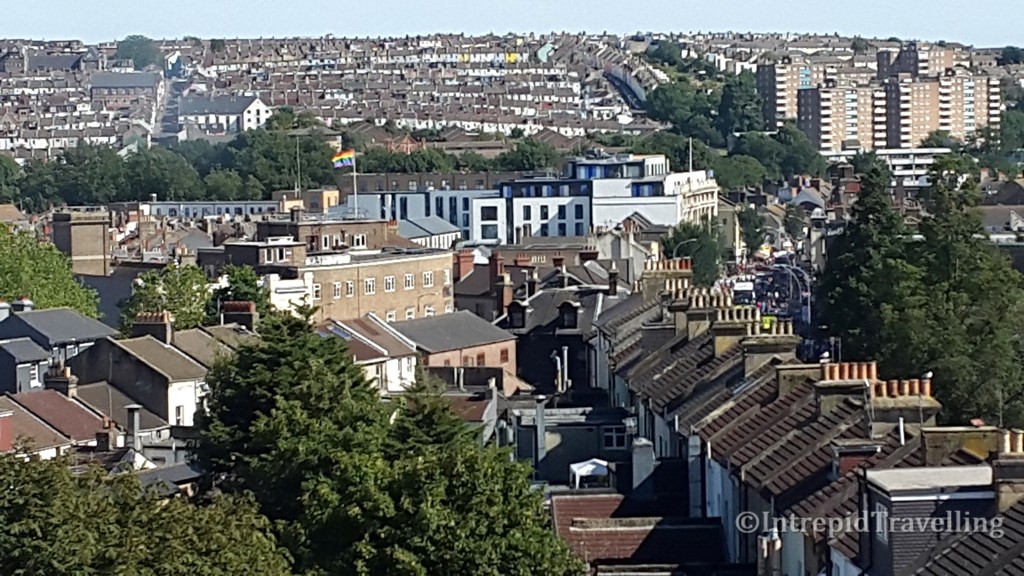
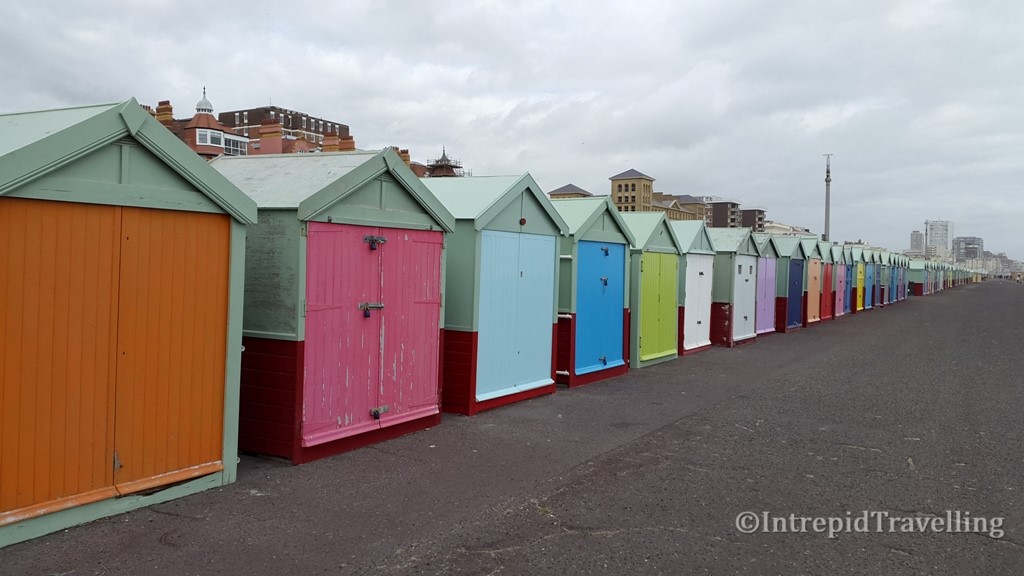
Brighton is also popular with tourists because of its location and prominent diverse communities, quirky shopping areas, large cultural, music and arts scene. The general Victorian architecture of Brighton’s buildings, with notable attractions such as Grand Hotel, the West Pier, and Brighton Palace Pier, also draws tourists and locals to the town. The most recent attraction to open on the seafront is the British Airways i360 (an observation pod which silently rises up a tower affording unchallenged views of the town and coast) which is sure to be a big hit with visitors.
I had come to Brighton to firstly explore the city with a friend of mine and work on a project I was doing at the time. I had also come to Brighton as it is the perfect place to base yourself to tackle the Seven Sisters day hike (The walking club page has a great description of the route) along the chalk cliffs between Seaford and Eastbourne. The 22km hike will likely take anywhere between 4 and 8 hours depending on your abilities, but on a fine day you’ll be rewarded with gorgeous views of the white limestone cliffs and coastline.
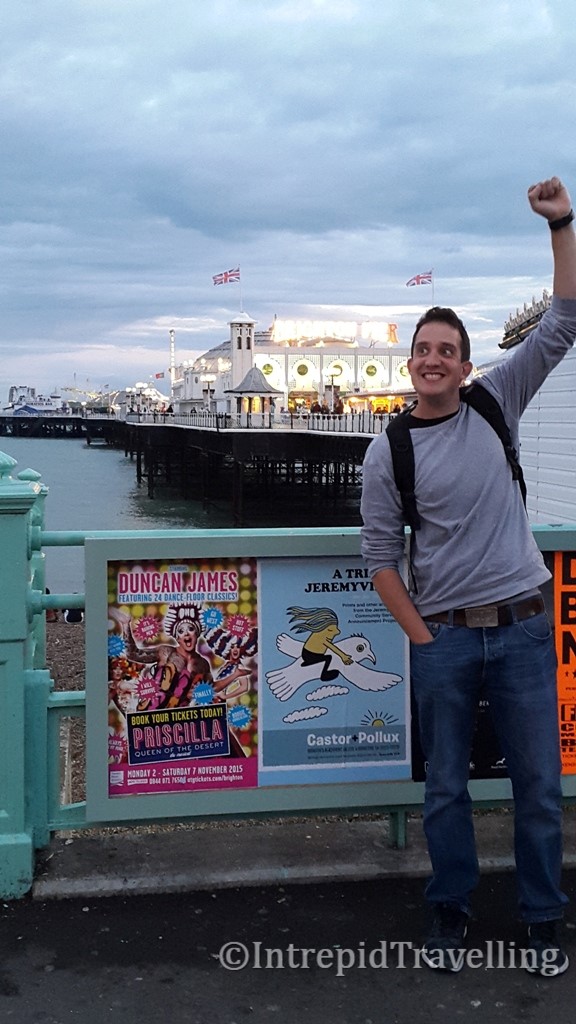
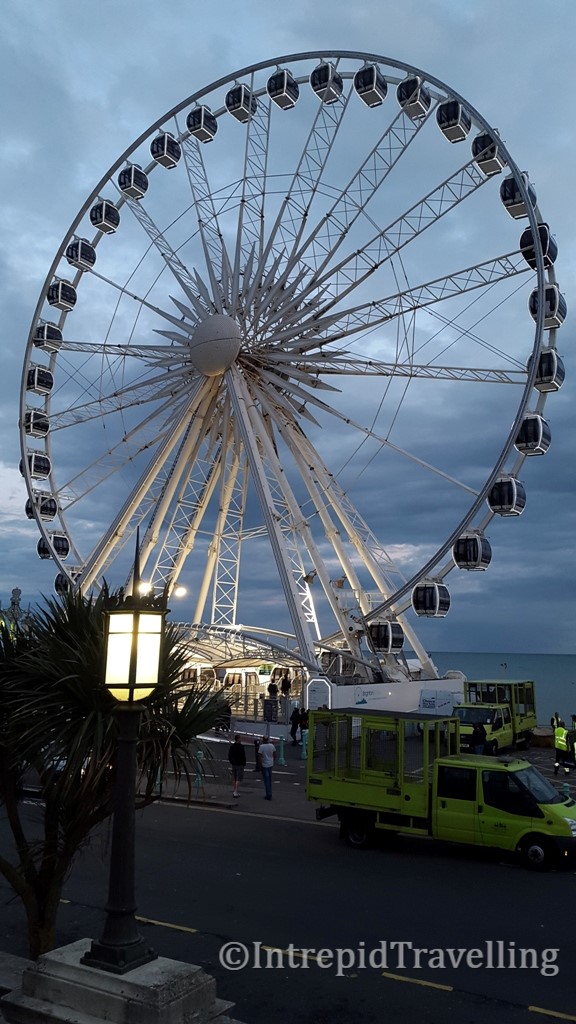
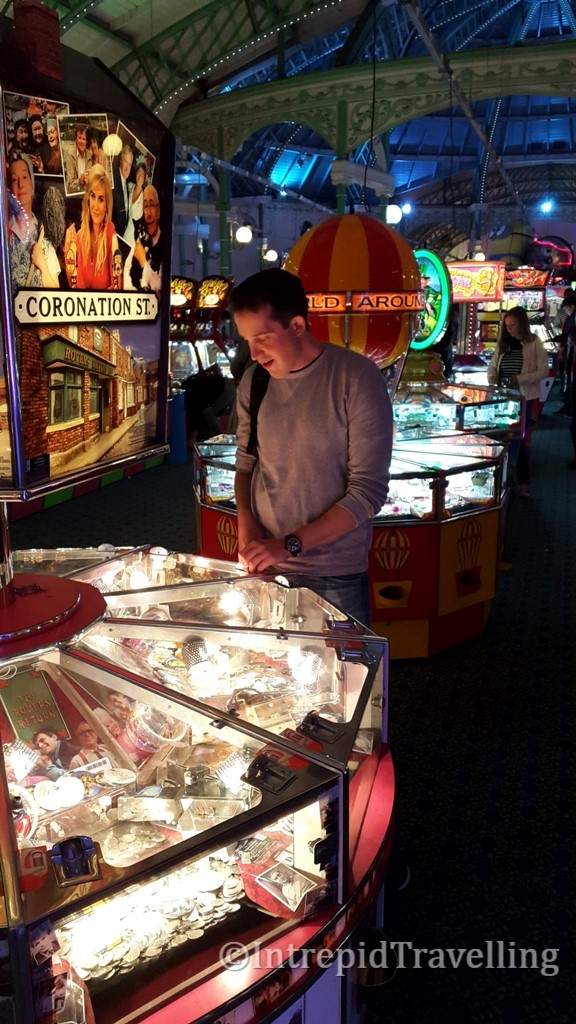

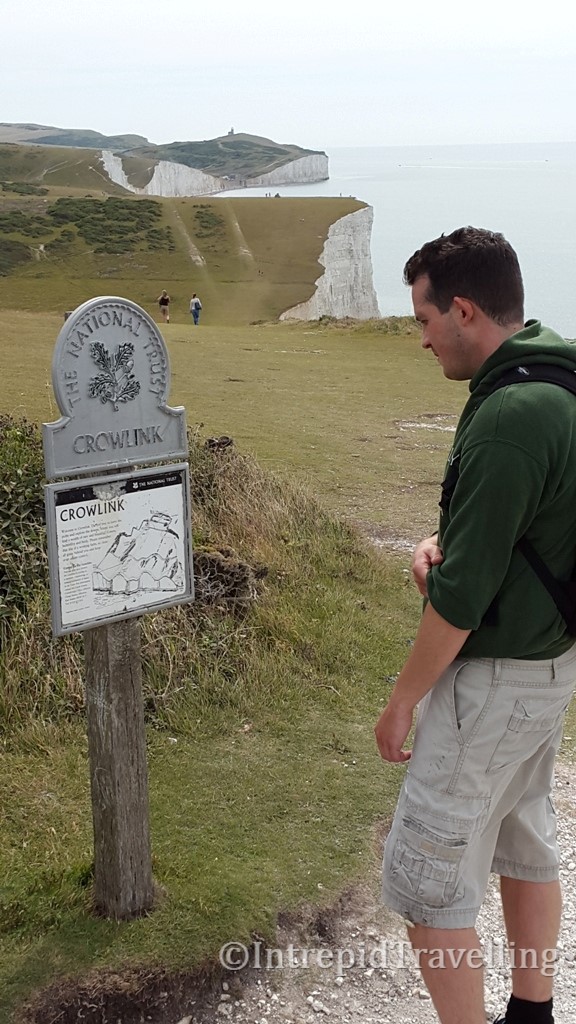
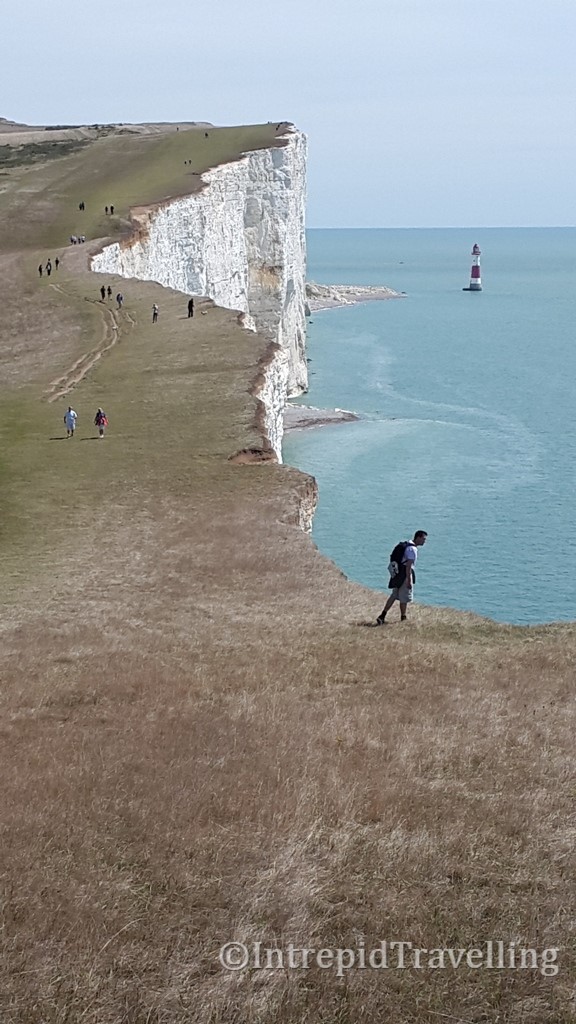
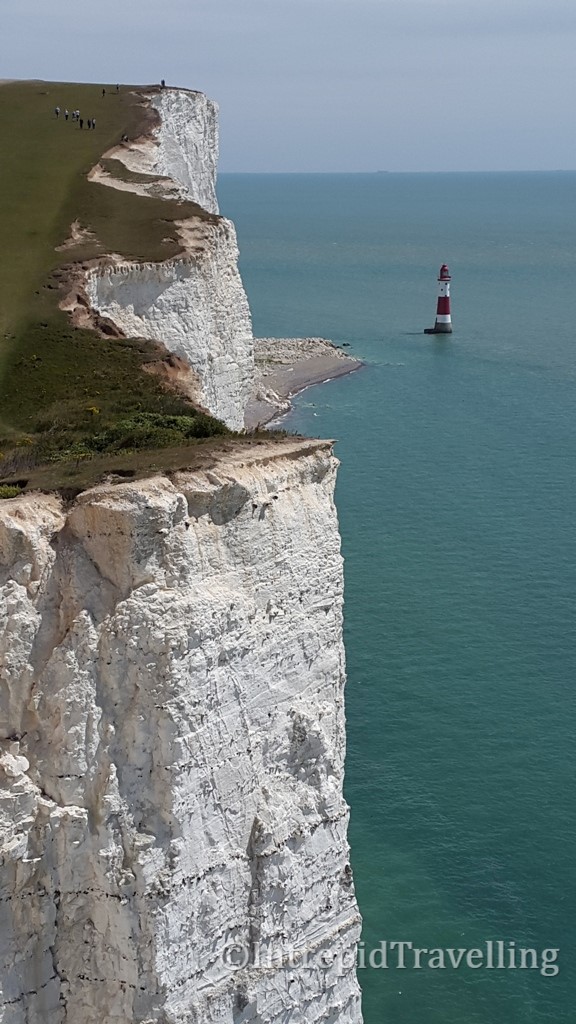
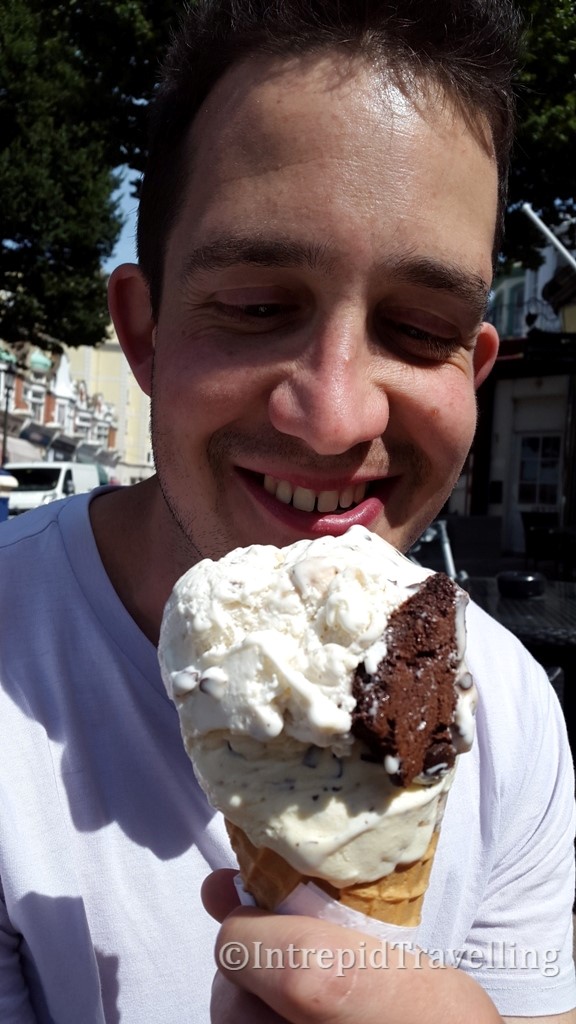
Leo and I started our day by taking the short train ride (approx 35minutes and £4.50) from Brighton to Seaford (although, the views are spectacular regardless if you do it in the opposite direction). From the Seaford Station you simply make your way through the town and along the seafront to the golf course at the eastern end of the town. From here the walk takes you up and along the clifftop with continuous views of the ocean. On account of the curving coastline, you are afforded magnificent views of the white chalk cliffs both directions. If you’re a bit of a risk taker you’ll be tempted to creep close to the cliffs edge for that perfect photos, but don’t venture too close it’s quite a drop to the flint stone beach below. You may even spot the odd person climbing the cliffs as they practice their climbing skills like we did!
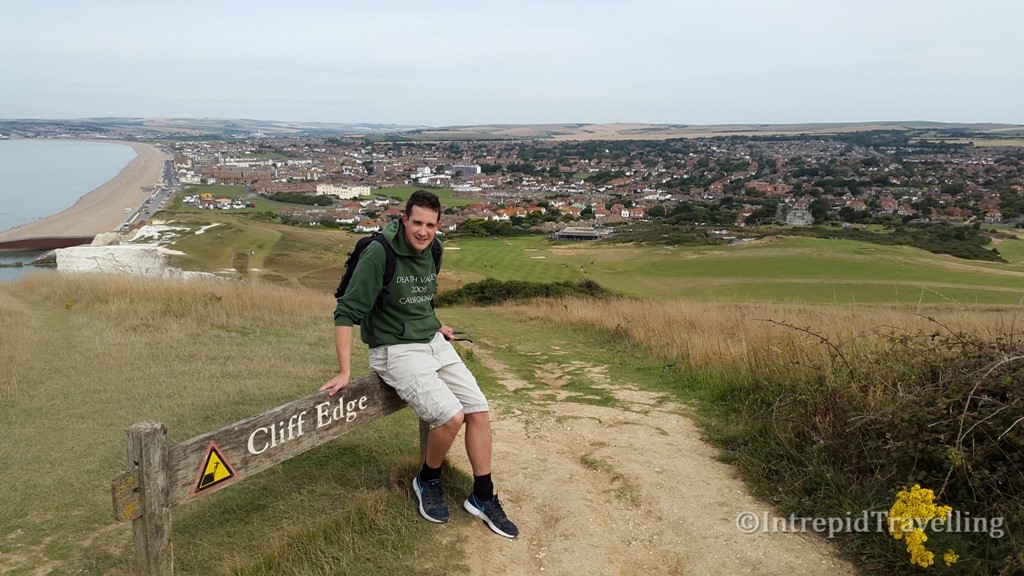
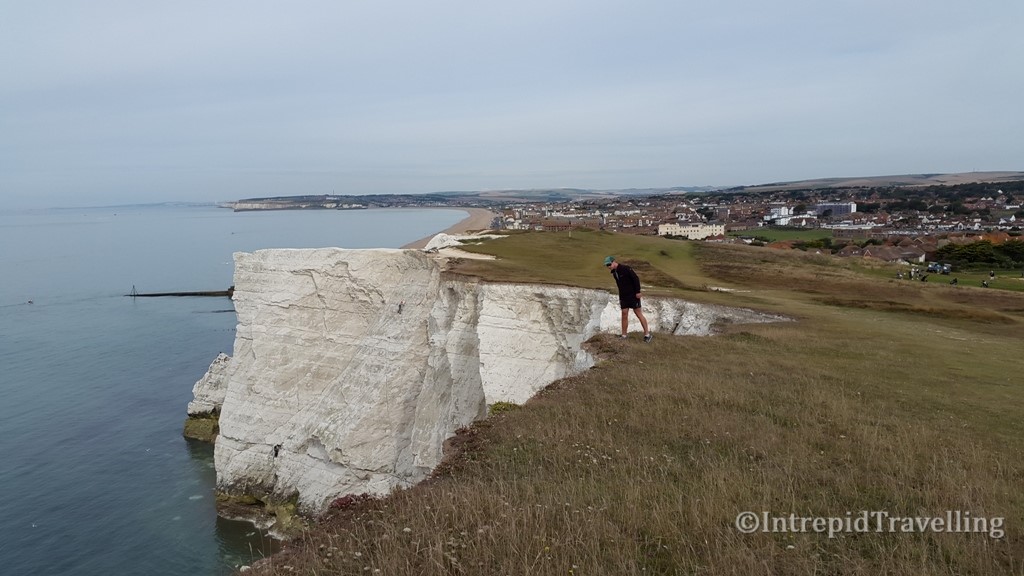
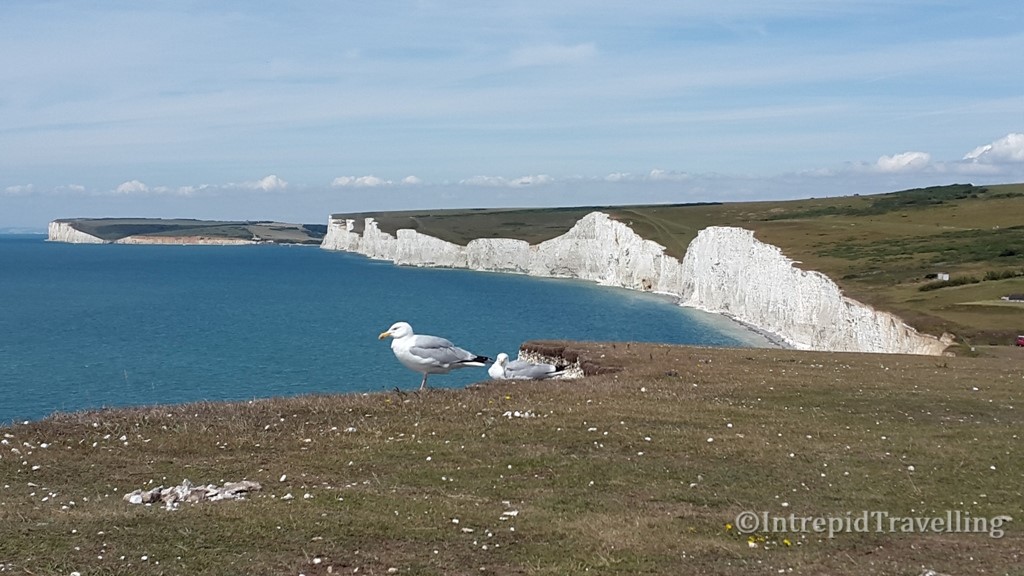
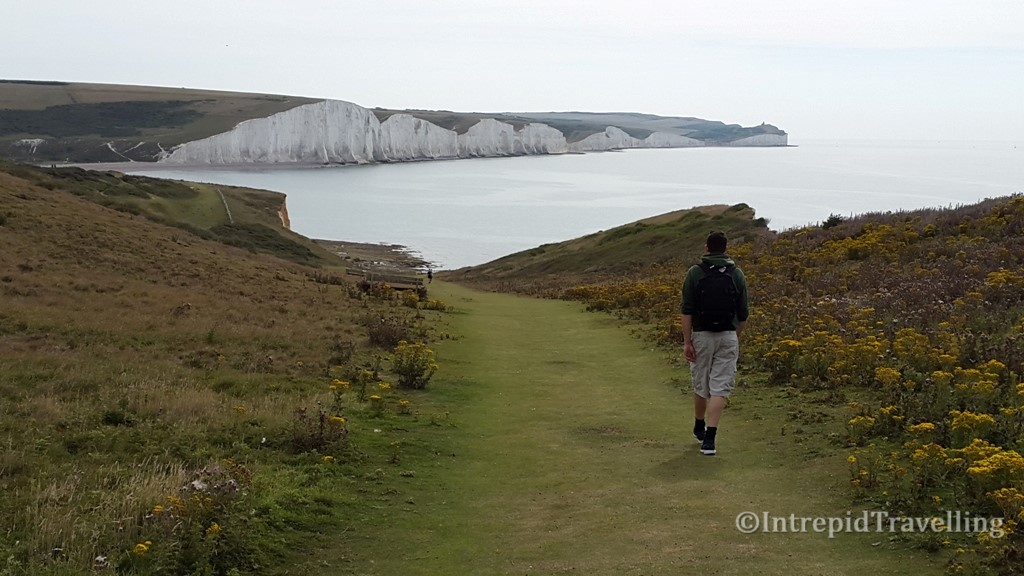
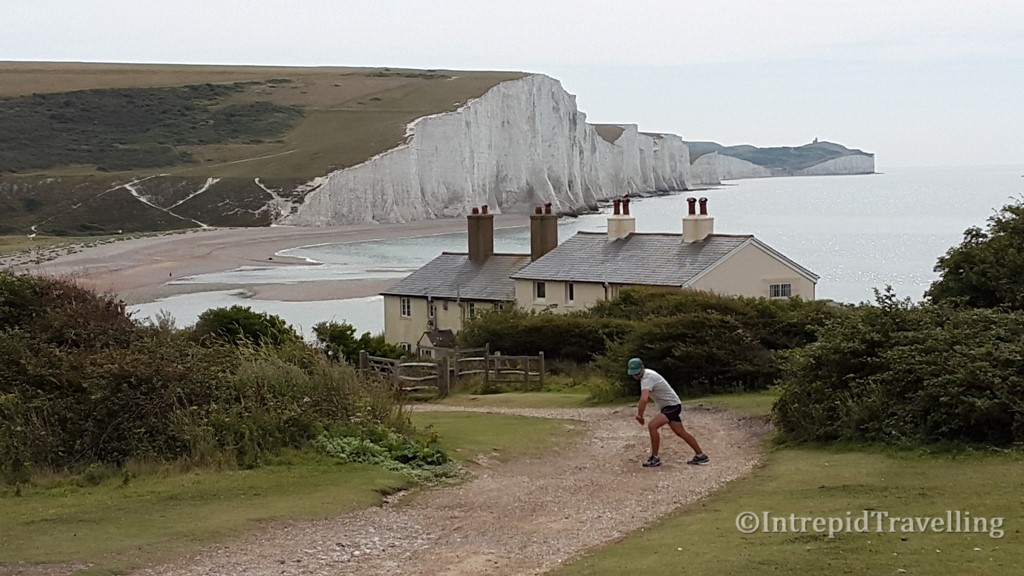
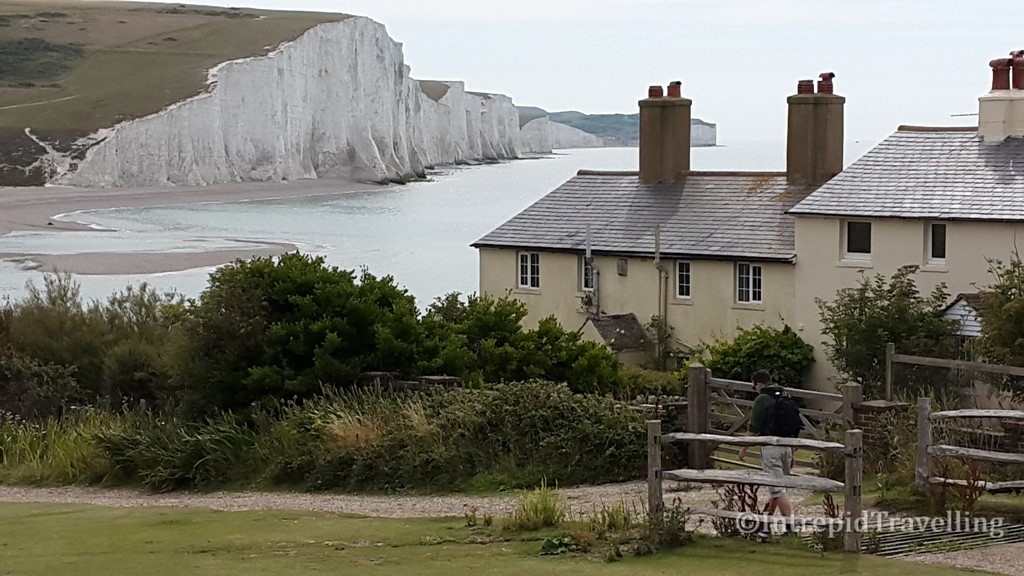
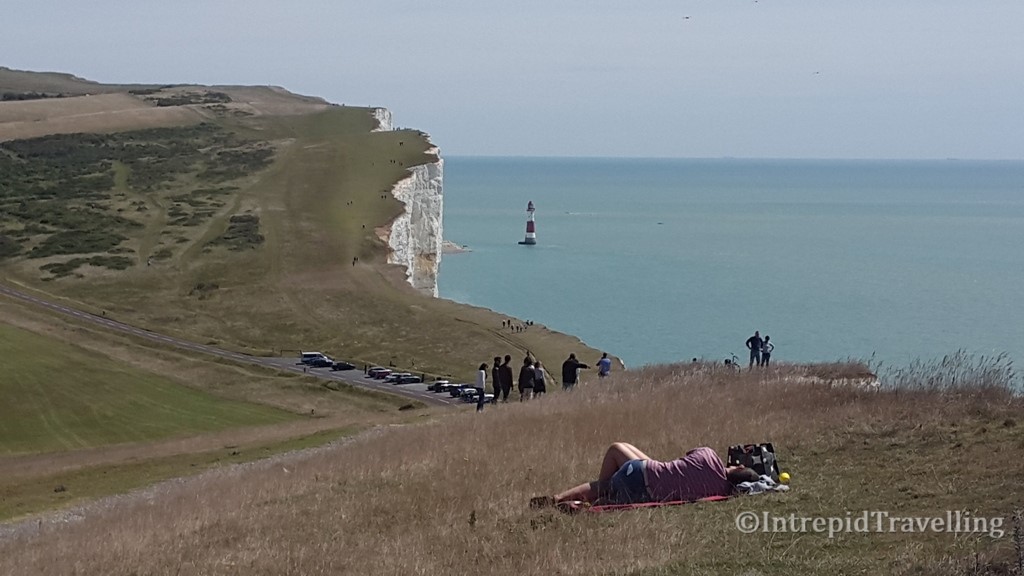
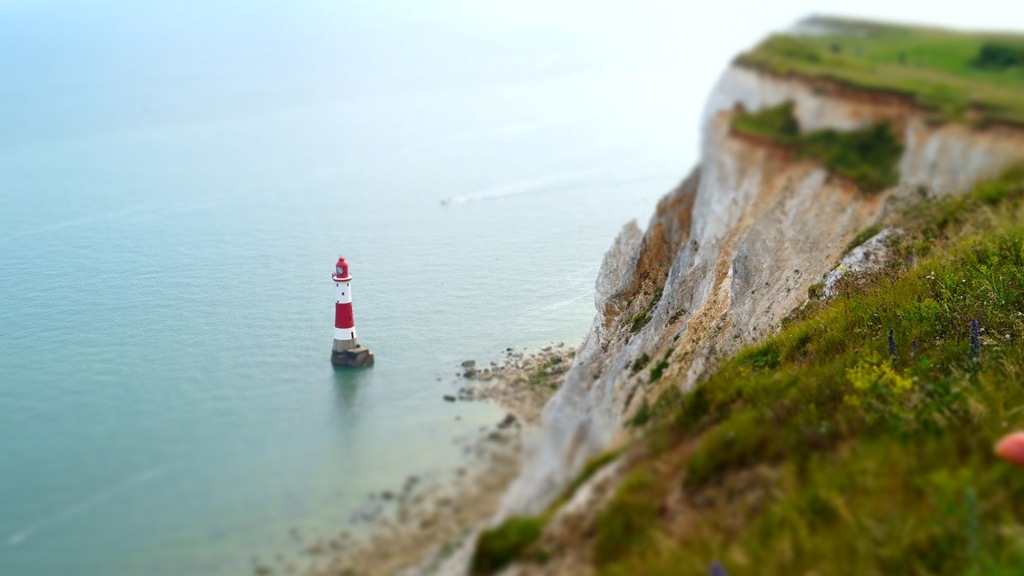
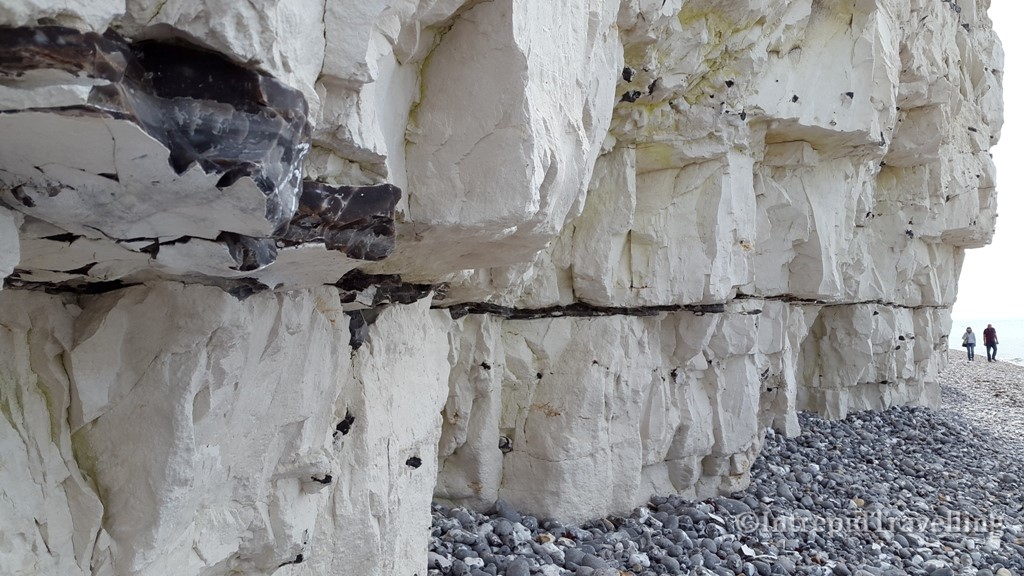

Once you’ve reached the Coastguard’s Cottage near the Cuckmere River, be sure to have your camera ready as this is an iconic spot and great place for a memorable picture of your own! Crossing the Cuckmere River maybe the most difficult part of the hike, we were able to wade across to the other side as the water was only knee deep. At other times of the year you may need to walk up to the Cuckmere Inn and cross the road bridge to continue the hike.
The next section sees you traverse a number of gentle rises and falls before you reach the Birling Gap where food and toilets are available. Birling Gap is also a convenient place to access the beach and get up and close to the cliffs and stones that make up the coastline. Highlights of the final section to Eastbourne is the Belle Tout Lighthouse, the photographic Beachy Head Lighthouse and the RAF memorial to the airmen of WWII that you’ll pass as you descend the cliff towards Eastbourne. From here you can explore Eastbourne, if you have the energy, and return easily to Brighton by train.
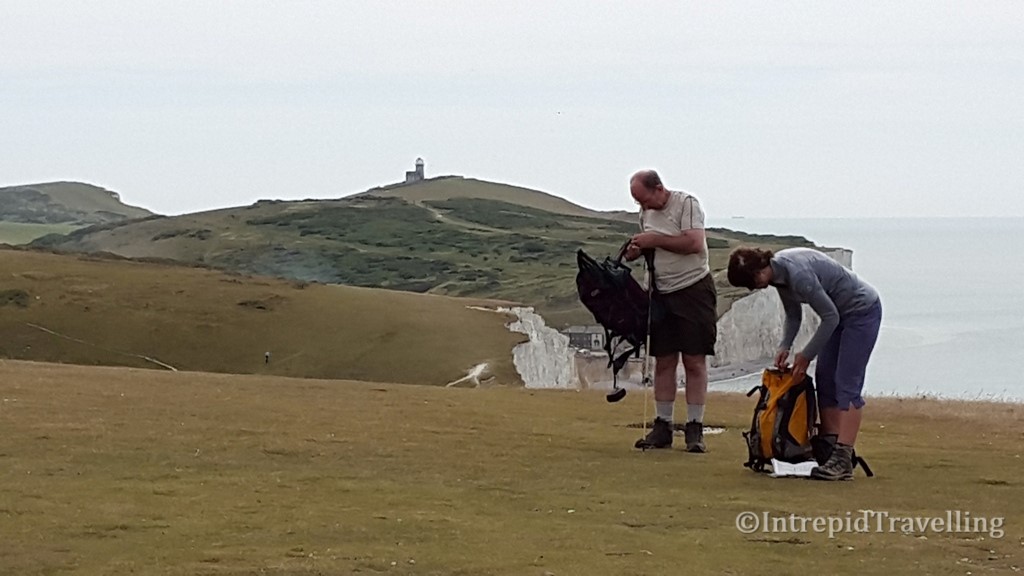
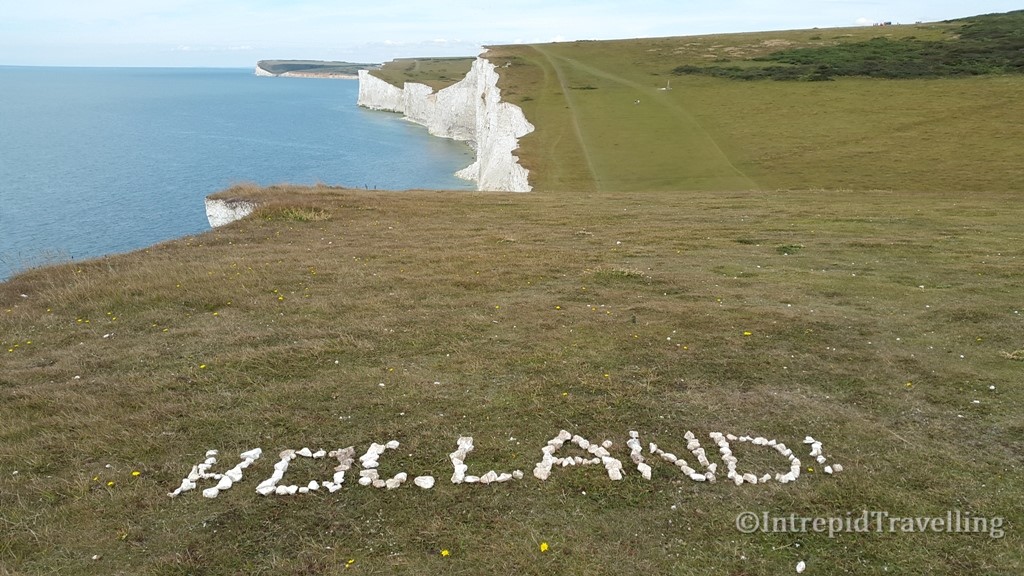
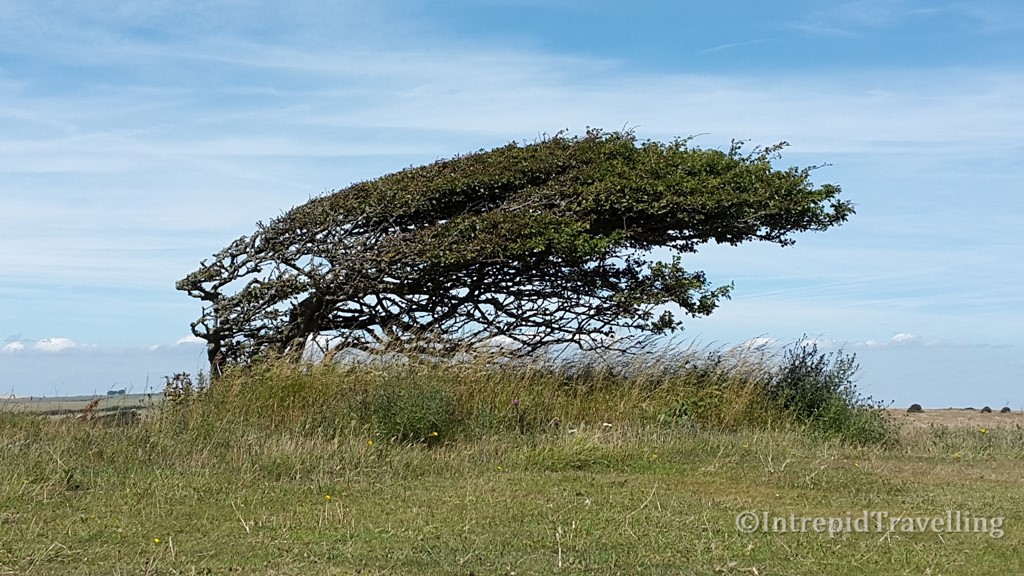
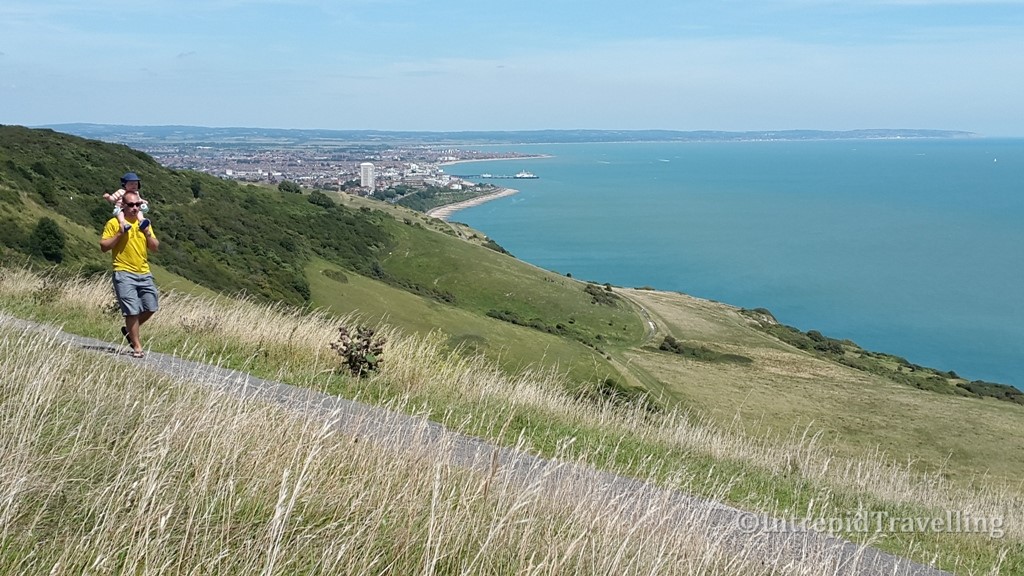
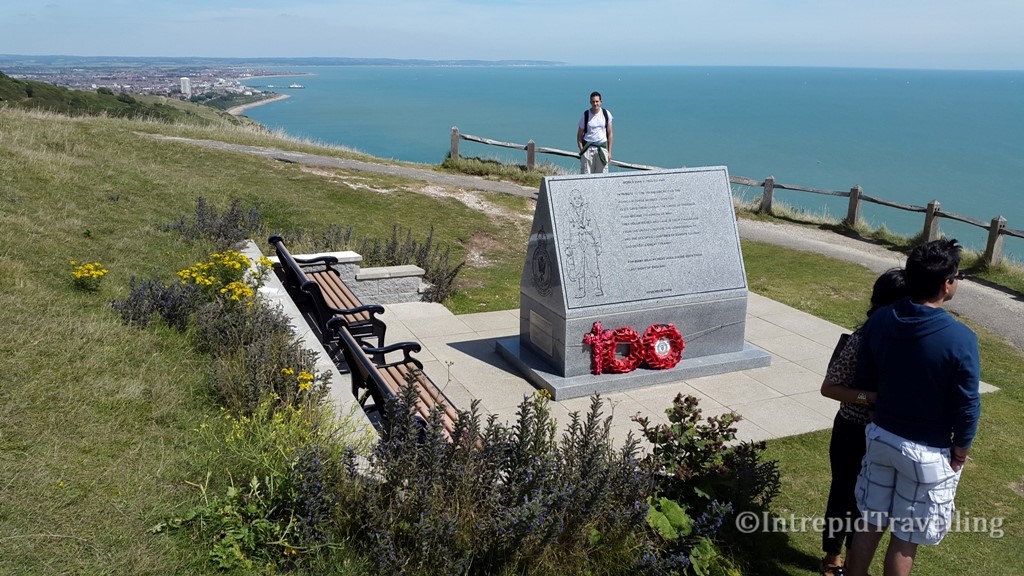
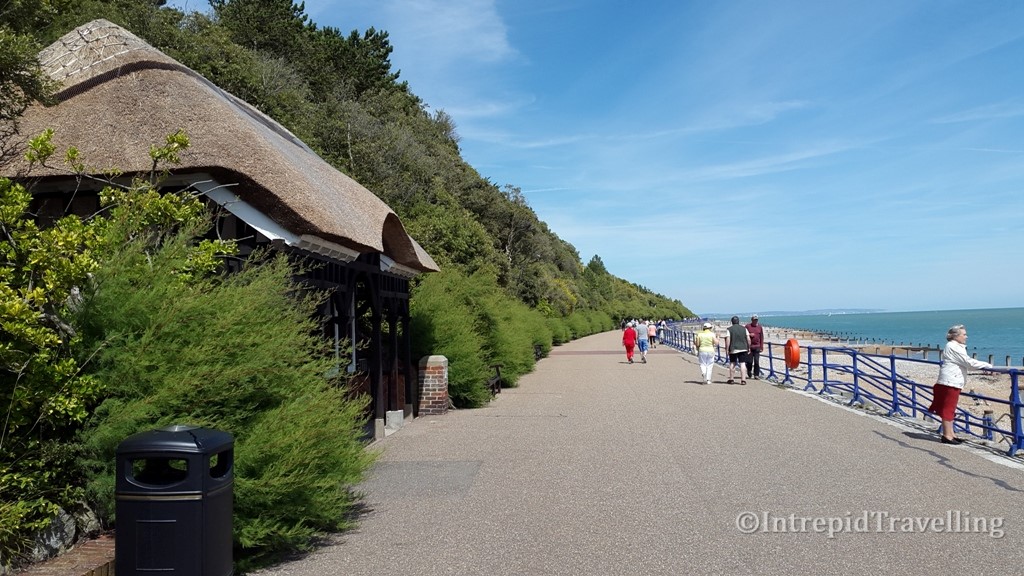
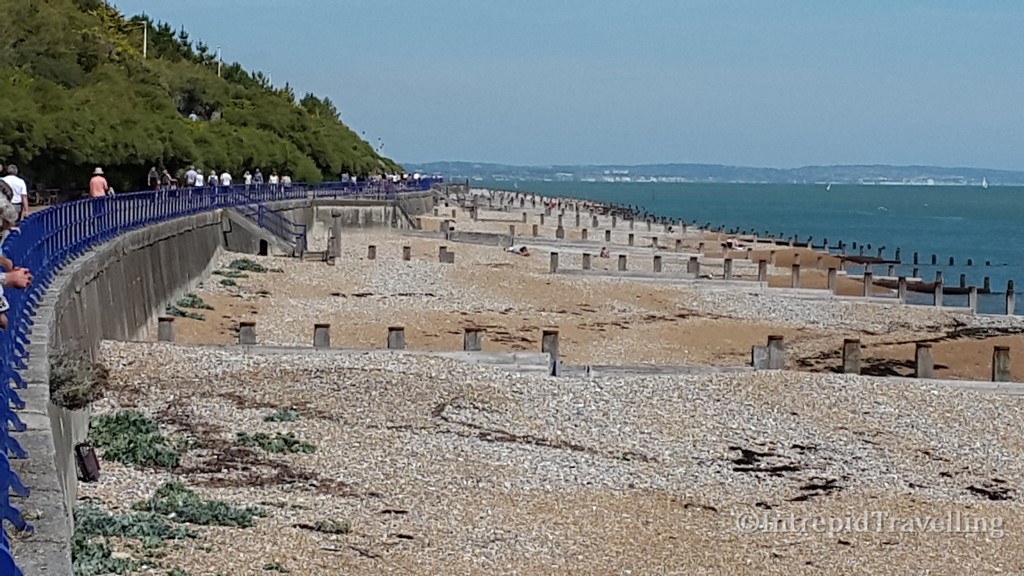
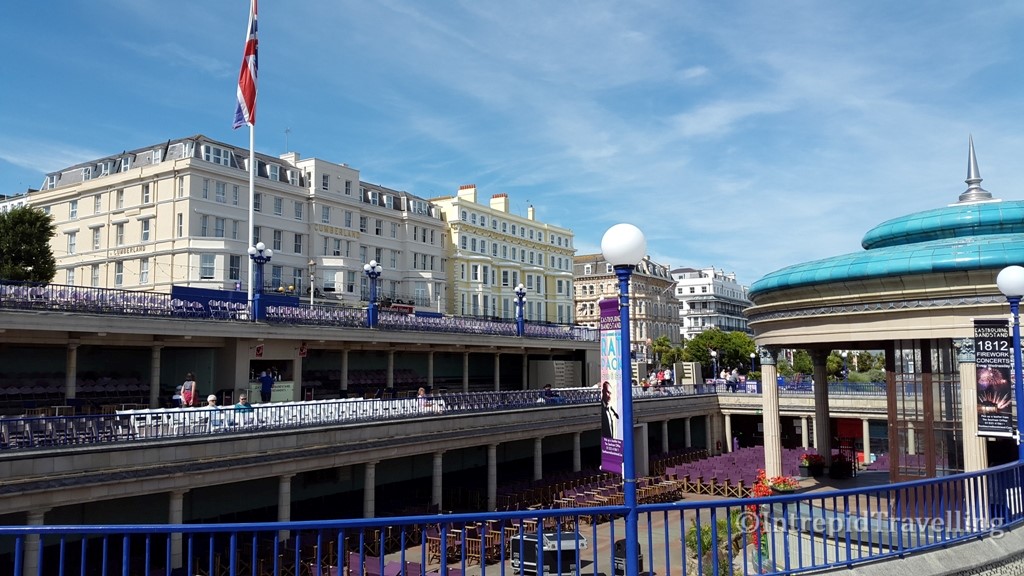
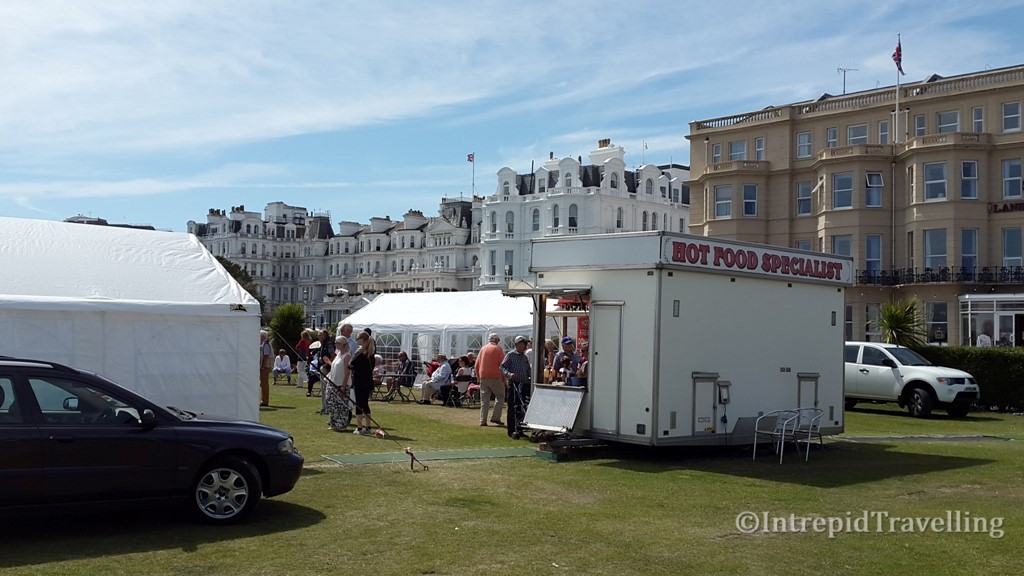
The walk is predominantly along flat farmland or gentle grades so the walk can be done in almost any footwear you’re happy to walk for 22km in. The coastline is obviously an exposed place too, so if the weather is bad be prepared for cold winds and rain as there’s every chance you may get drenched.


